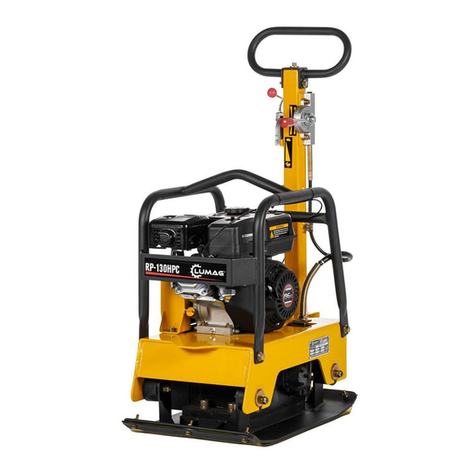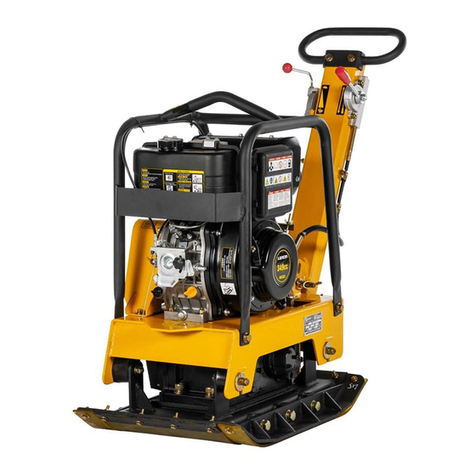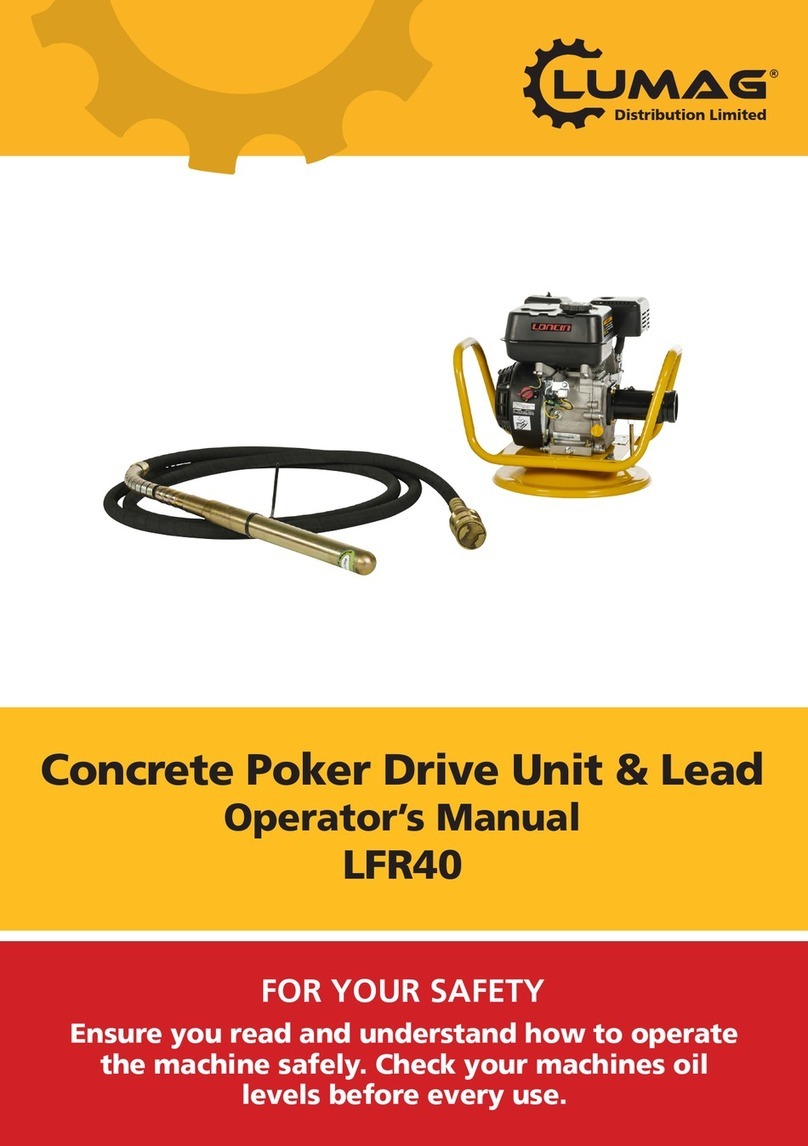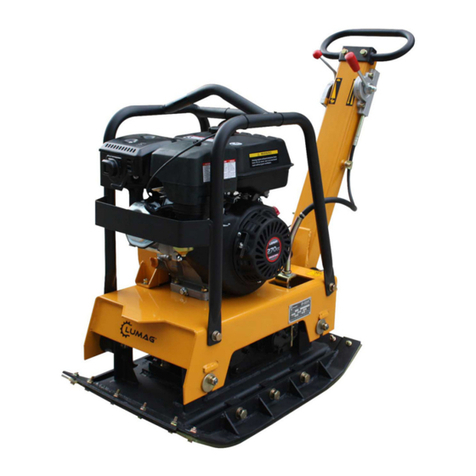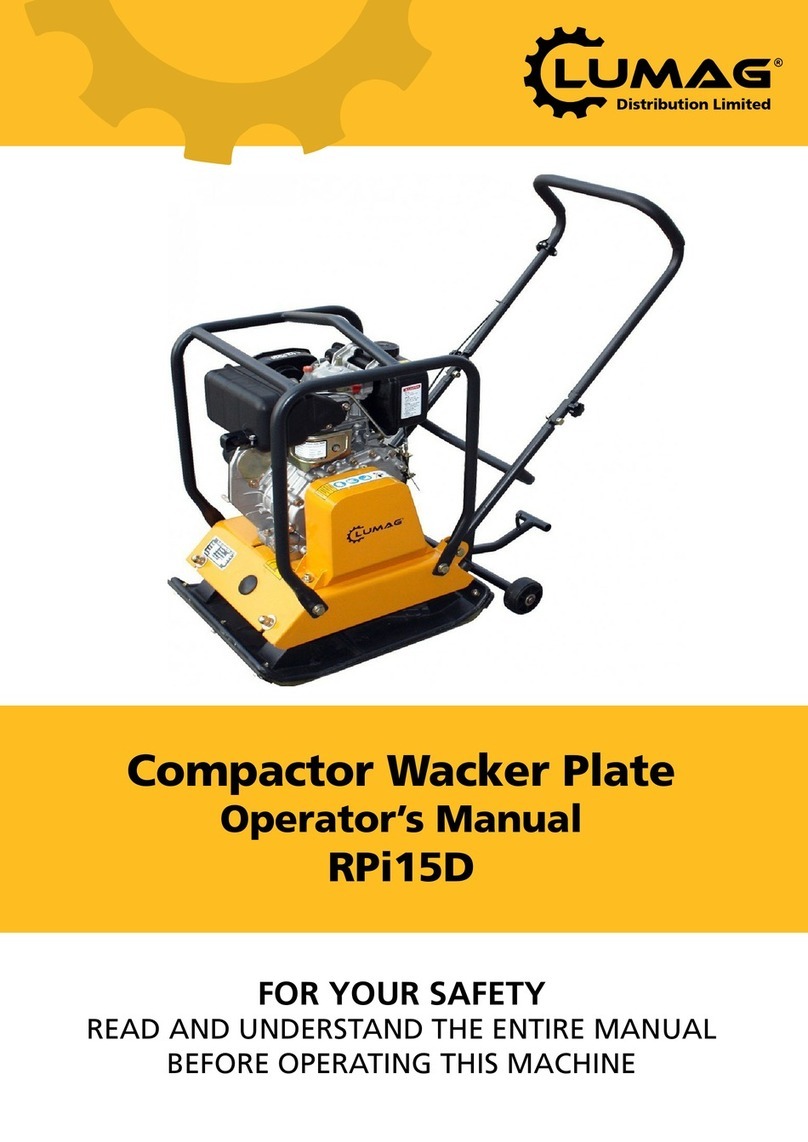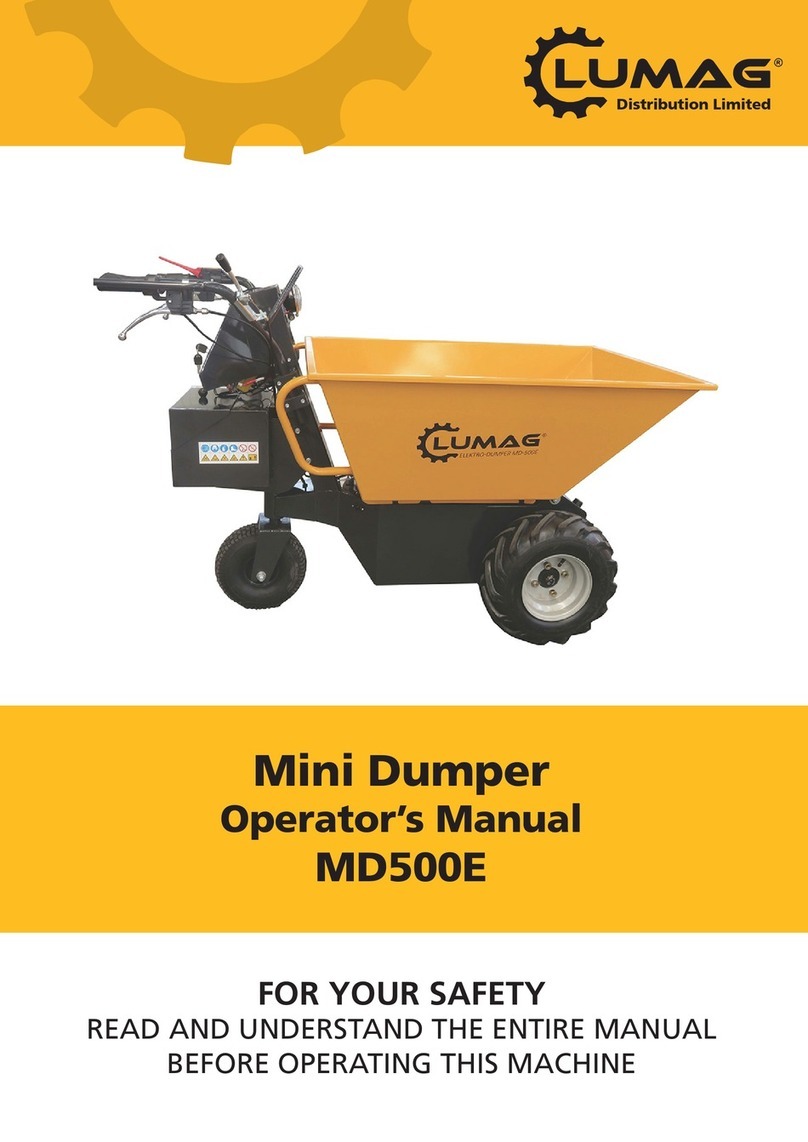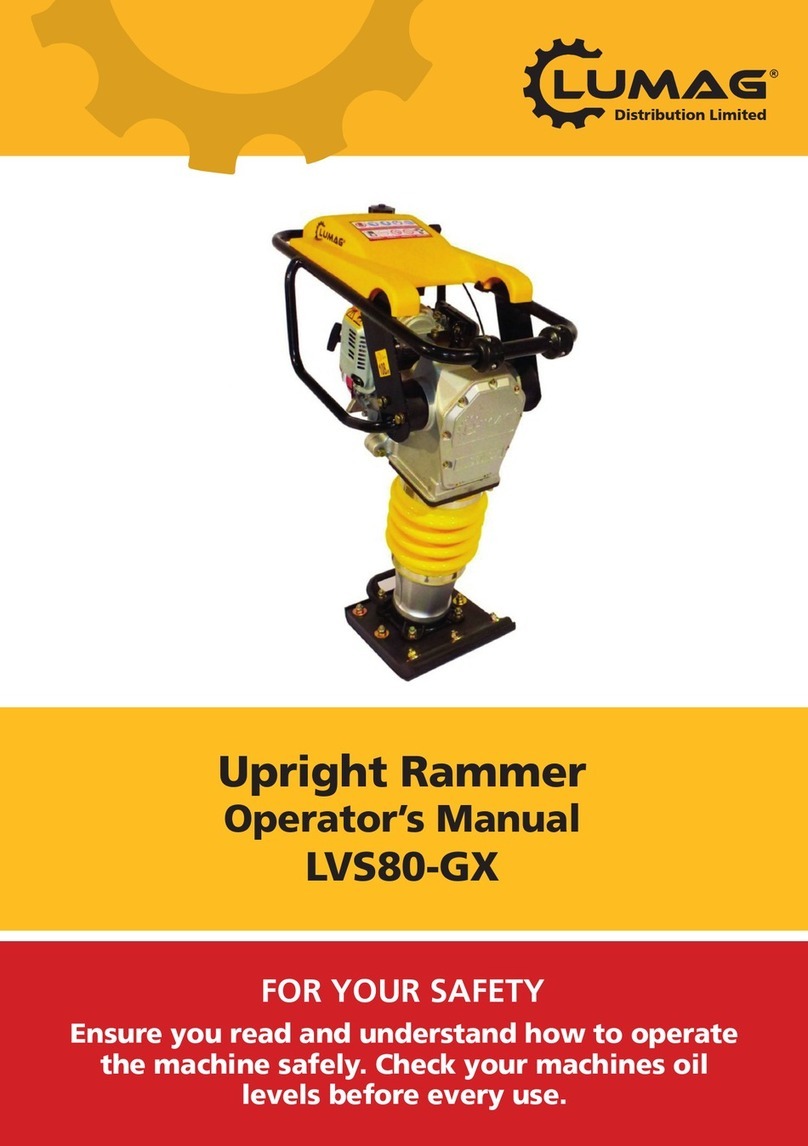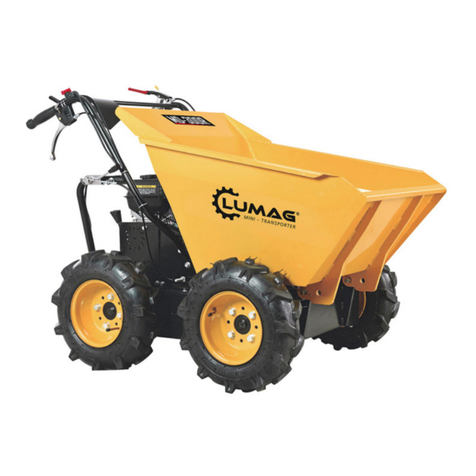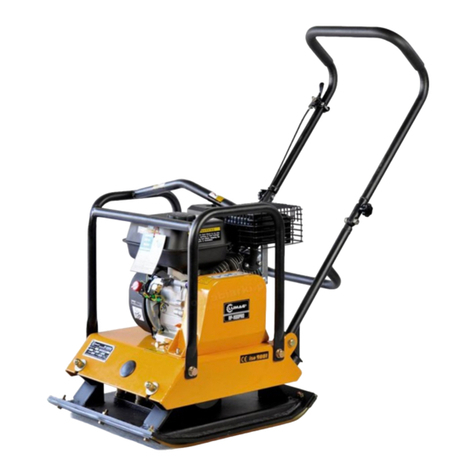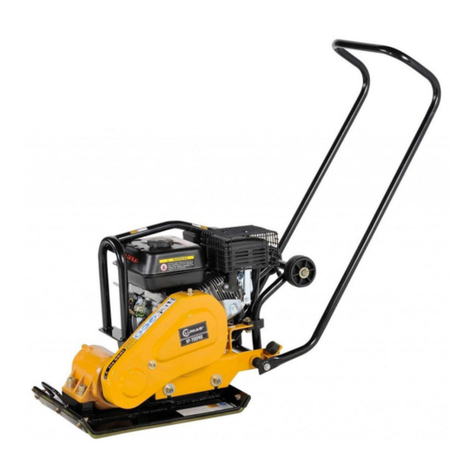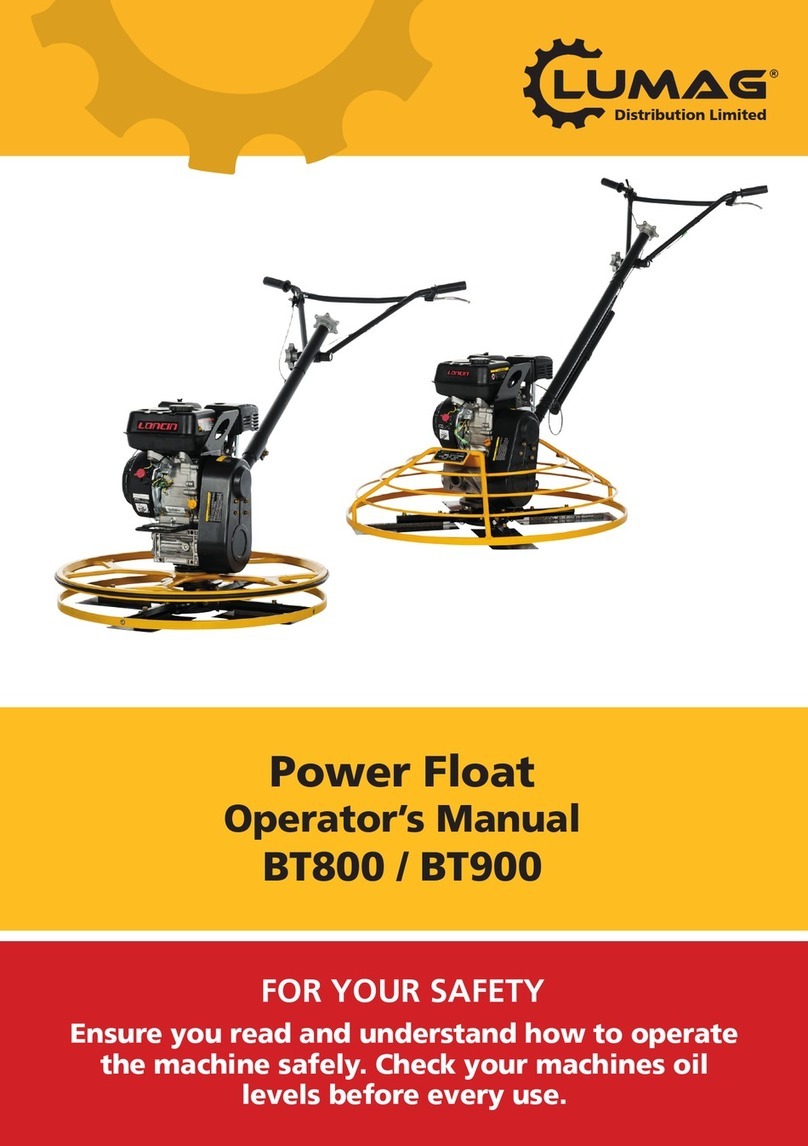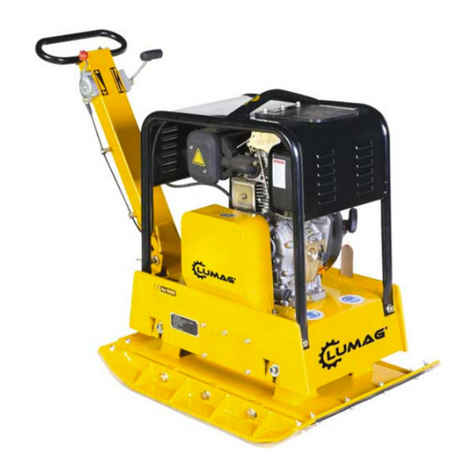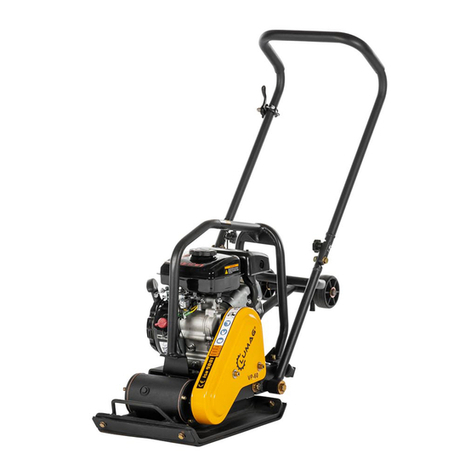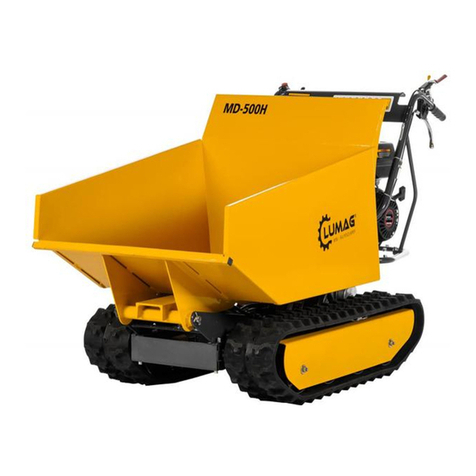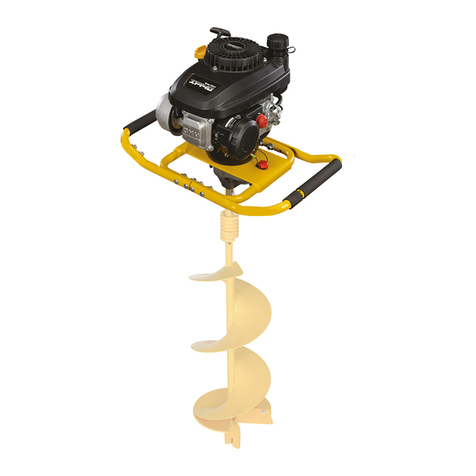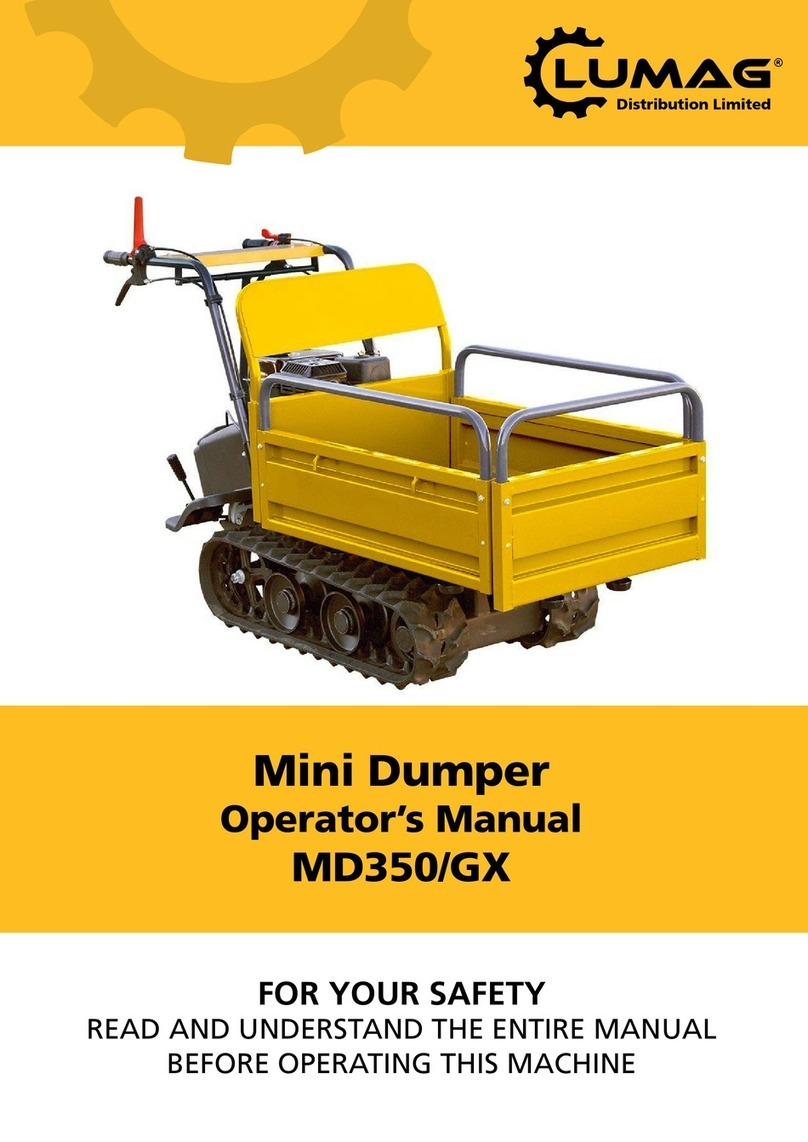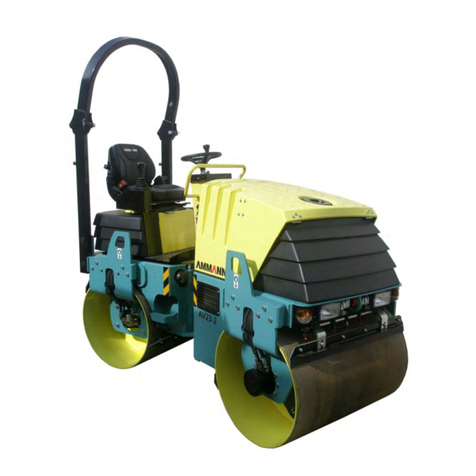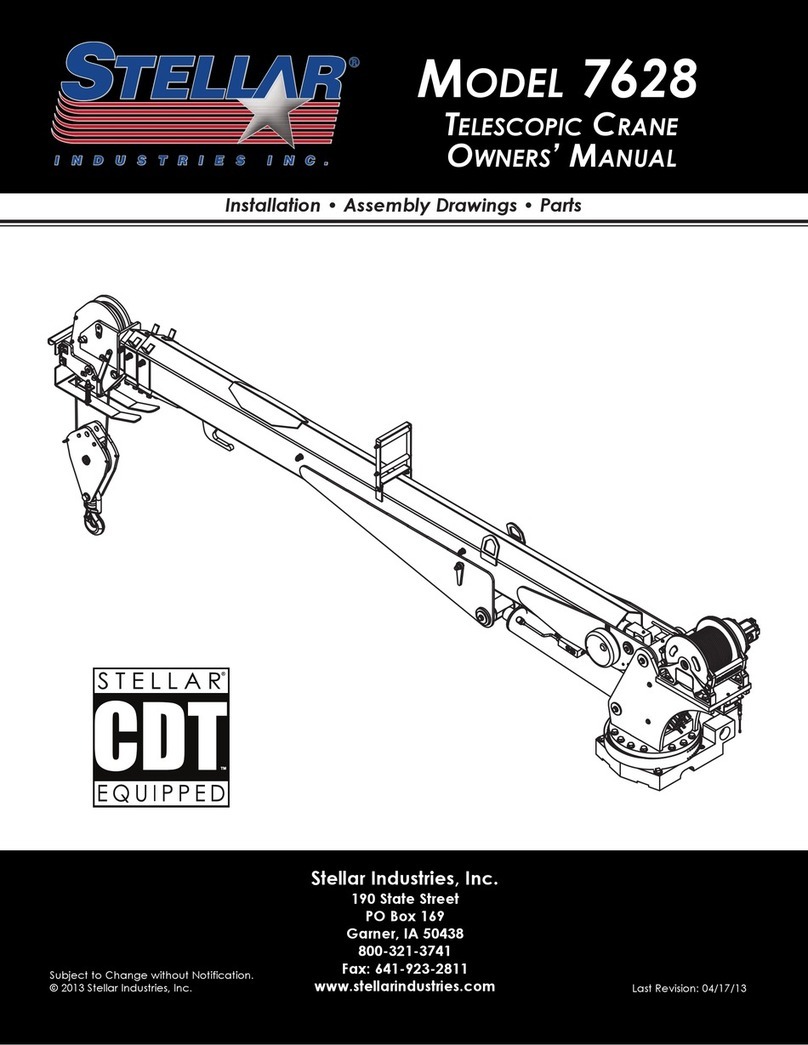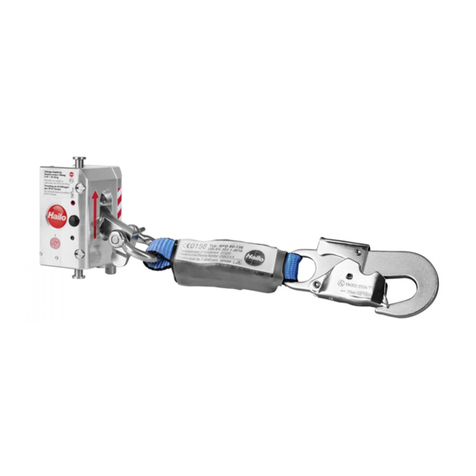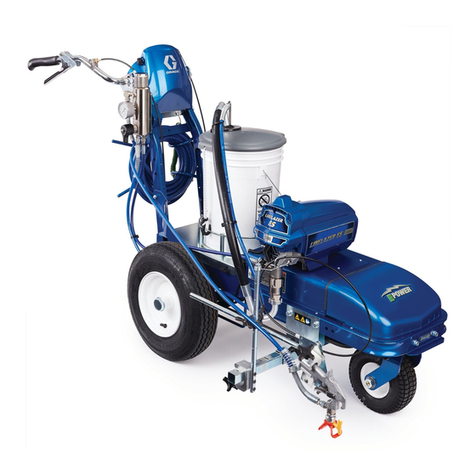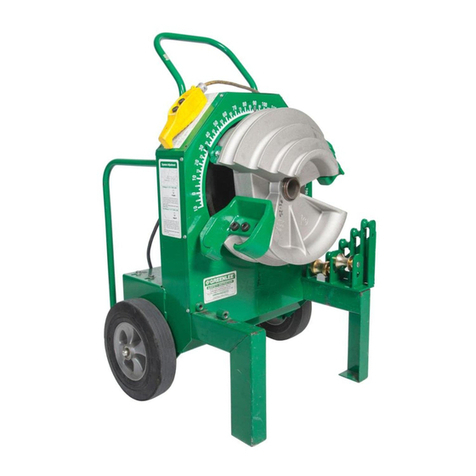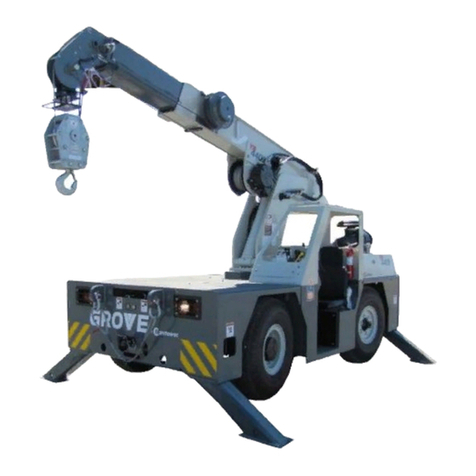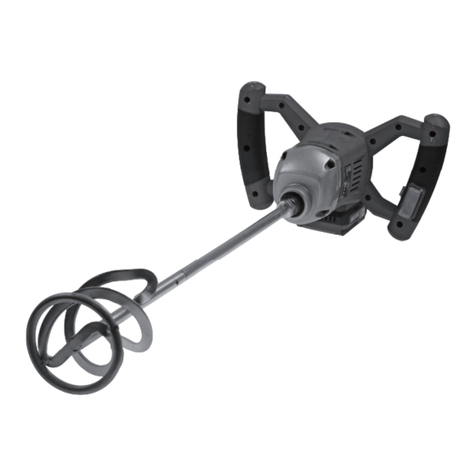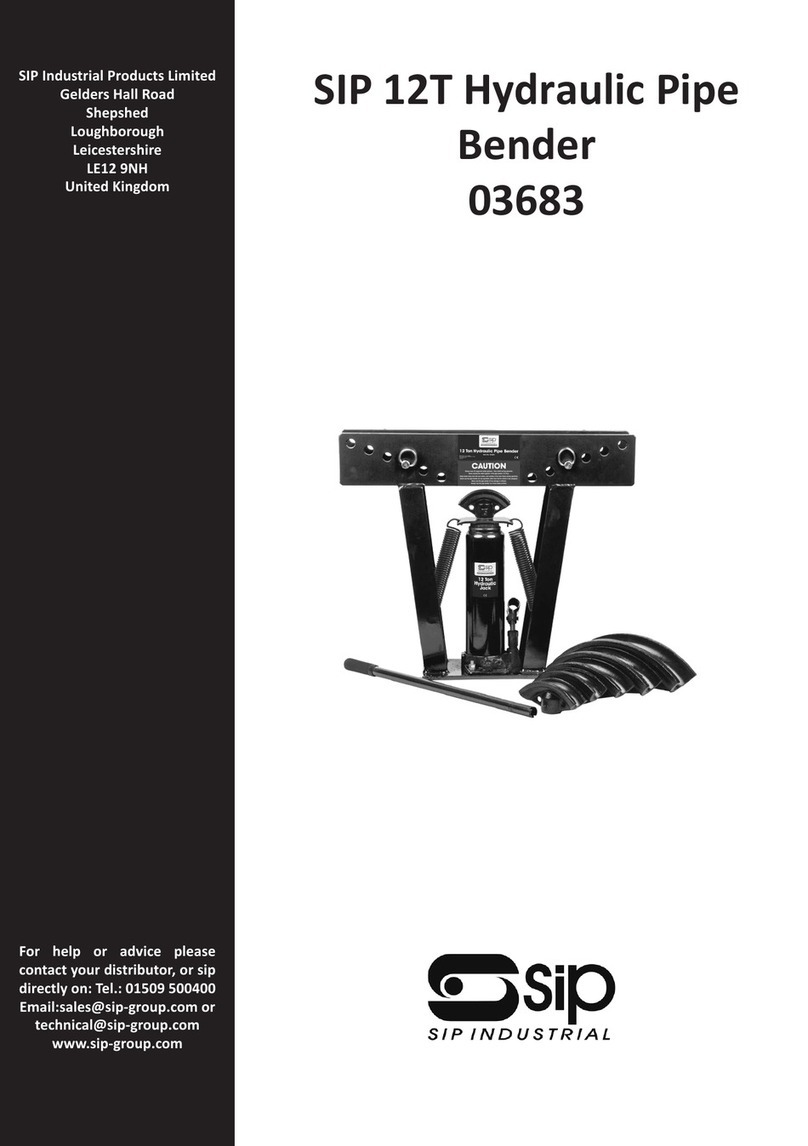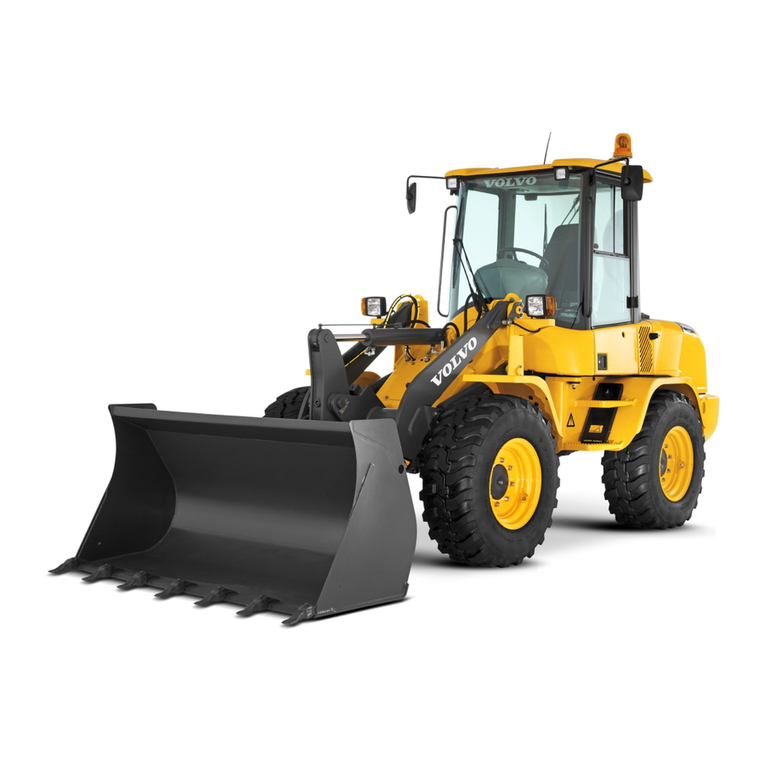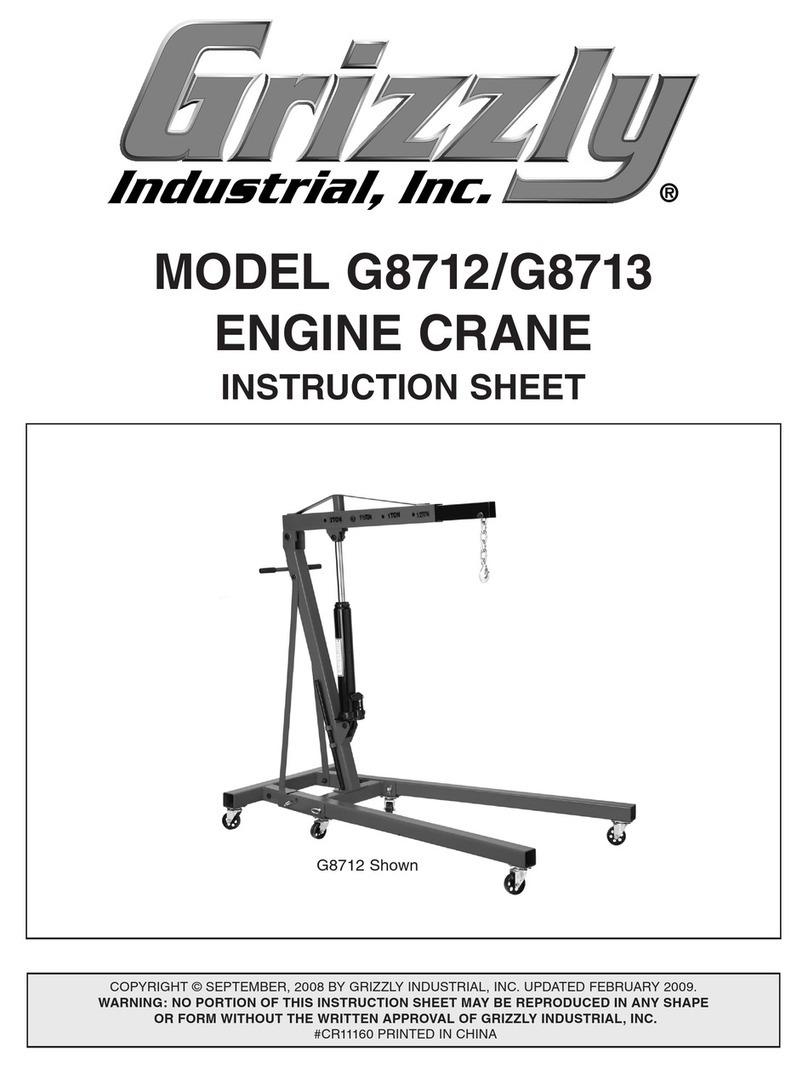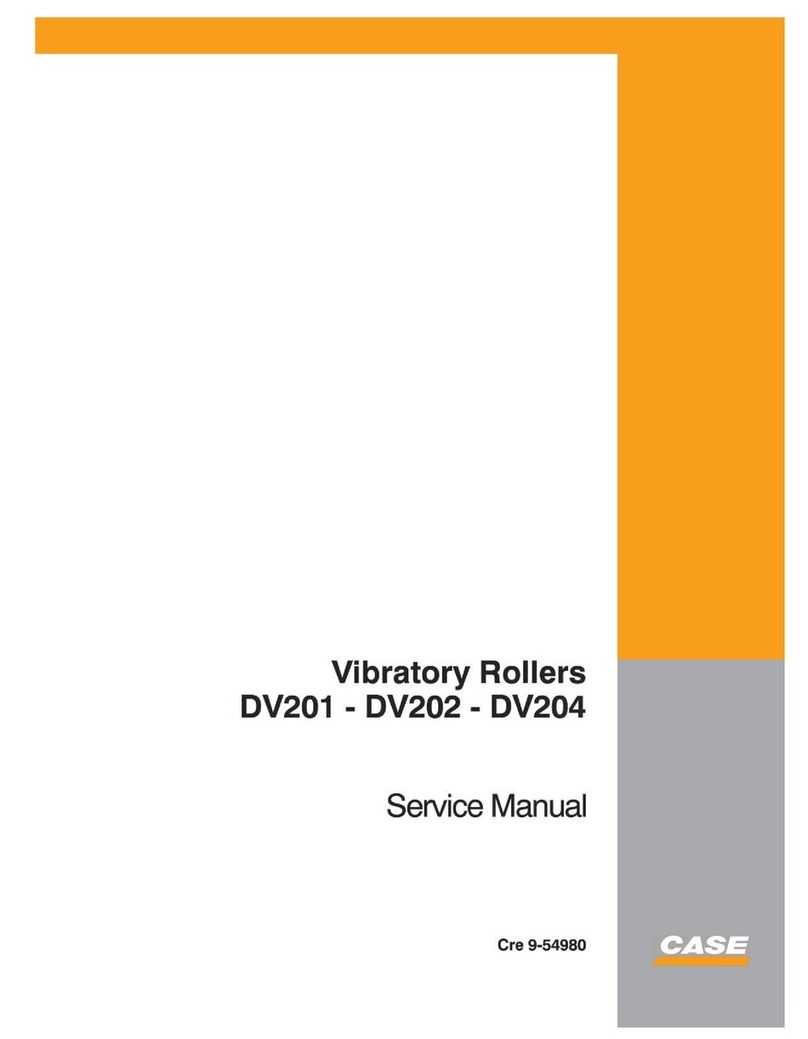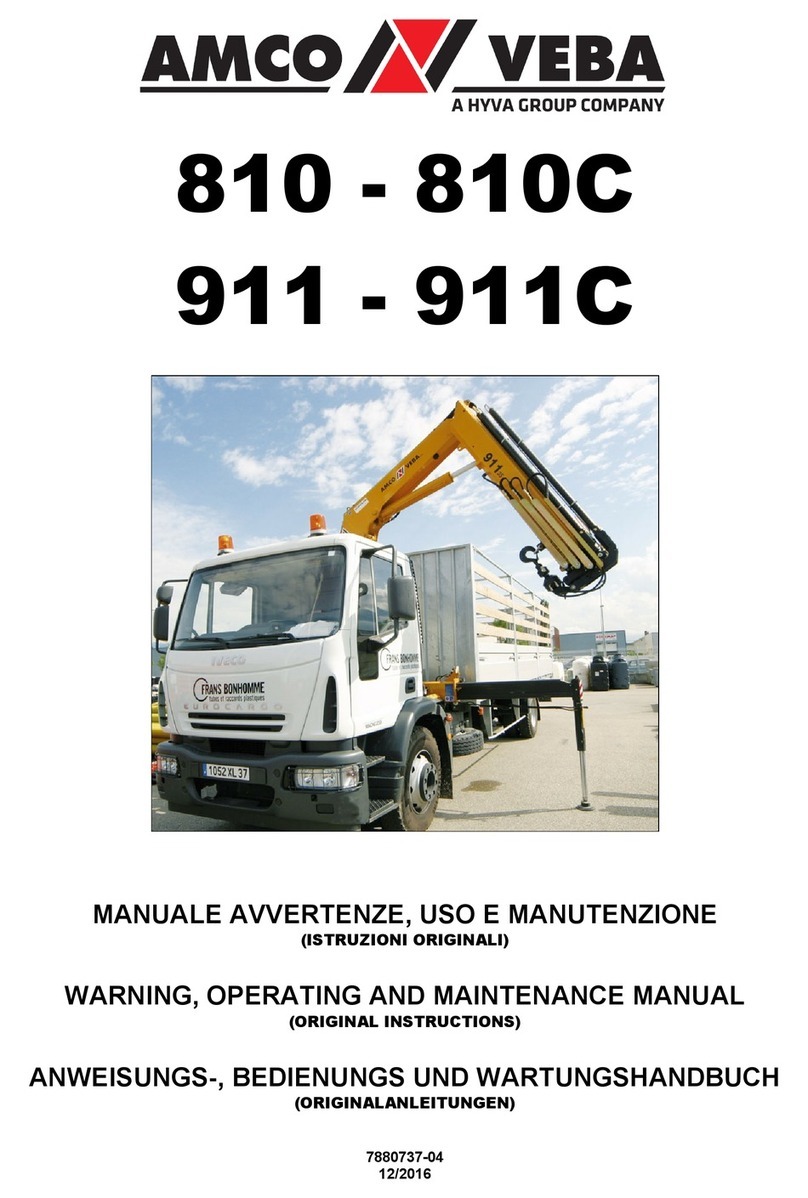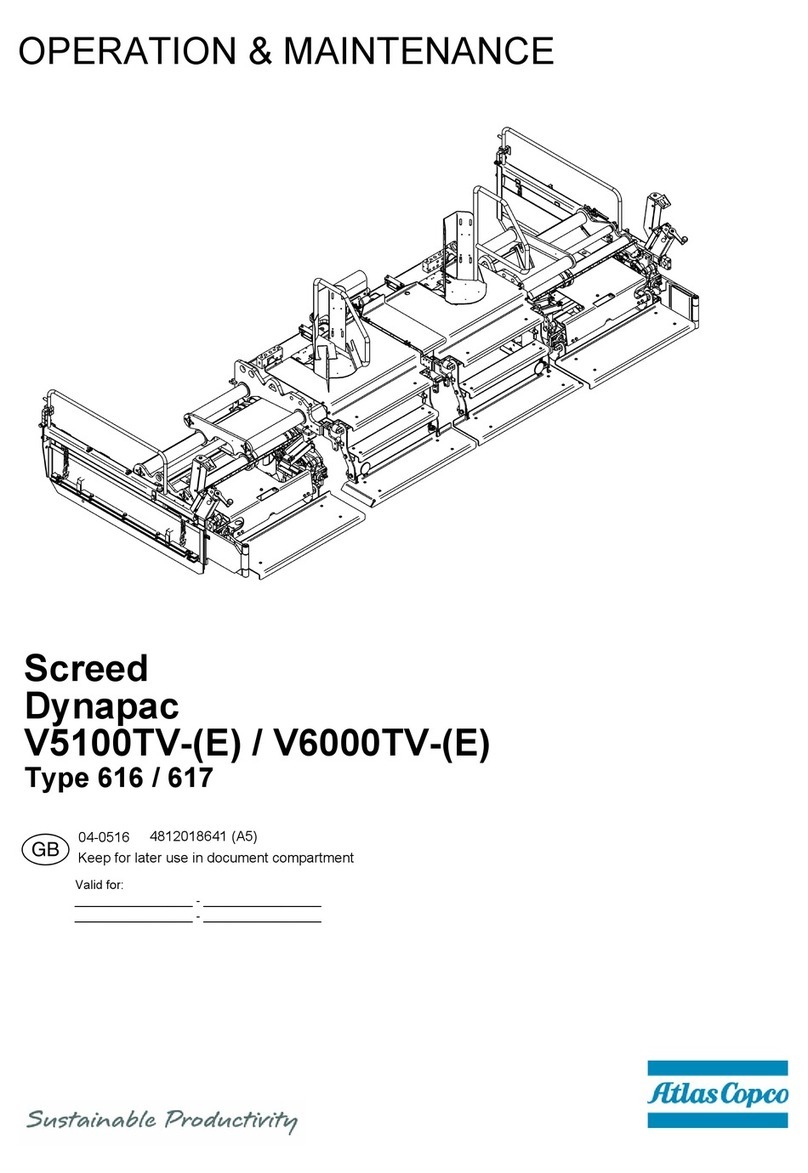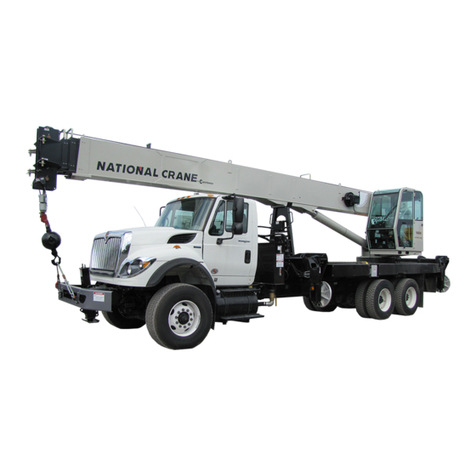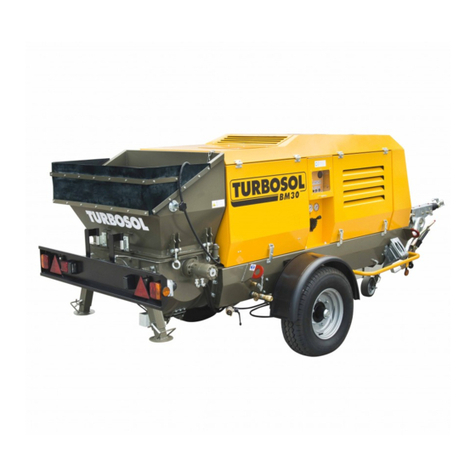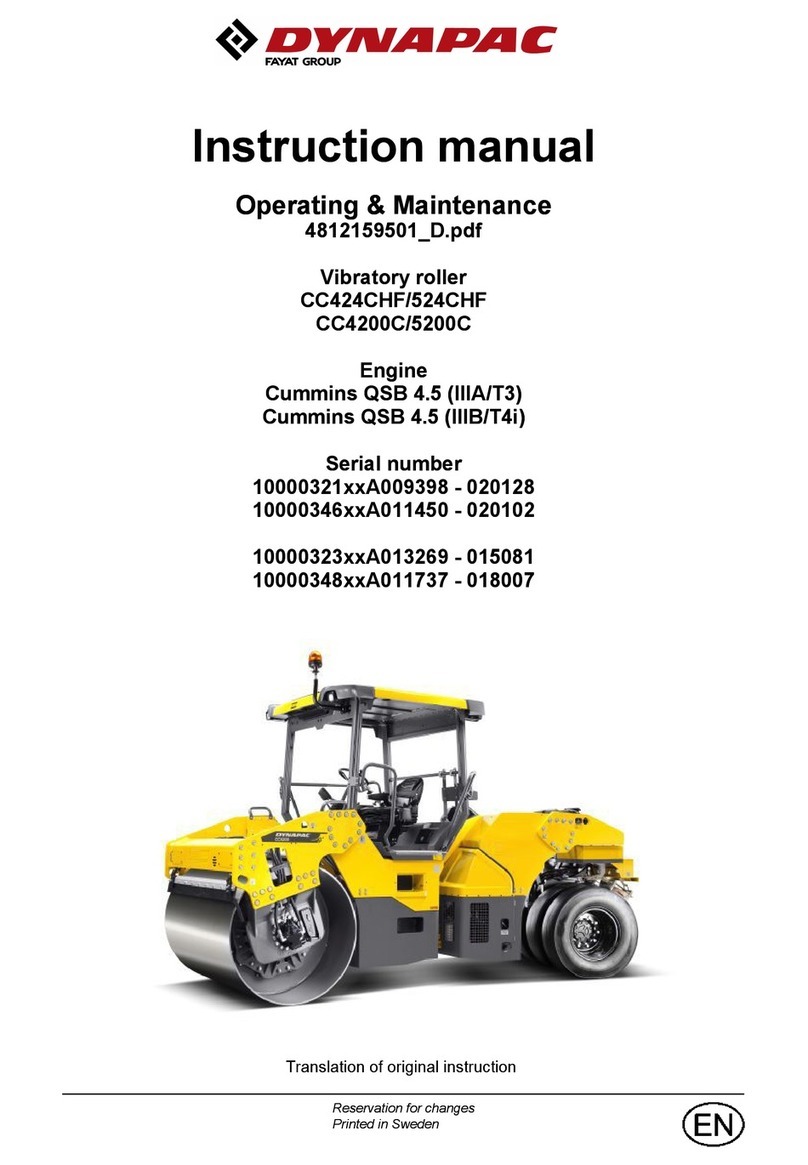
Distribution Limited
Lumag Servicing and Maintenance Schedules
Engine Service & Maintenance Schedule
Machine Service & Maintenance Schedule
Item Checks/Work Each Use 20hrs
(1st Month)
50hrs
(2nd Month)
100hrs
(6th Month)
300hrs
(Yearly)
Engine Oil Check Level X
Change X (1) X
Air Filter Check X
Clean X (3)
Replace X (4)
Sediment Cup Clean X
Spark Plug Check/Clean X
Replace X
Idle Speed Check/Adjust X (2)
Valve Clearance Check/Adjust X (2)
Fuel Tank Strainer Check/Clean X (2)
Combuster Chamber Inspect/Clean X (2)
Fuel Lines Check X (2)
Item Checks/Work Each Use Weekly 20hrs
(1st Month)
50hrs
(2nd Month)
100hrs
(6th Month)
300hrs
(Yearly)
Vibraon Oil Check Level X
Oil Change X (1) (2) X (2)
Fasteners Tension Check X
Clean Machine Check X
Inspect Clutch Check/Adjust X (2)
Drive Belt Check/Adjust X
Replace X (2)
All Other Moving
Parts & Cables
Lubricate X X (2)
Engine Oil 600ml Lumag Engine 1
Vibraon Case Oil 250ml Lumag Trans 1
1 – First service only, 2 = Should be carried out by your Lumag Dealer, 3 = May need to be done more
often in dusty areas & 4 = Replace paper element only
To maximise the life of your Lumag machine it needs to be serviced and maintained at every
indicated month or operating hour interval, whichever comes first, in accordance with the
below Schedules. Please note that failure to service your machine on schedule or use genuine
Lumag parts and consumables will result in your warranty being void.
